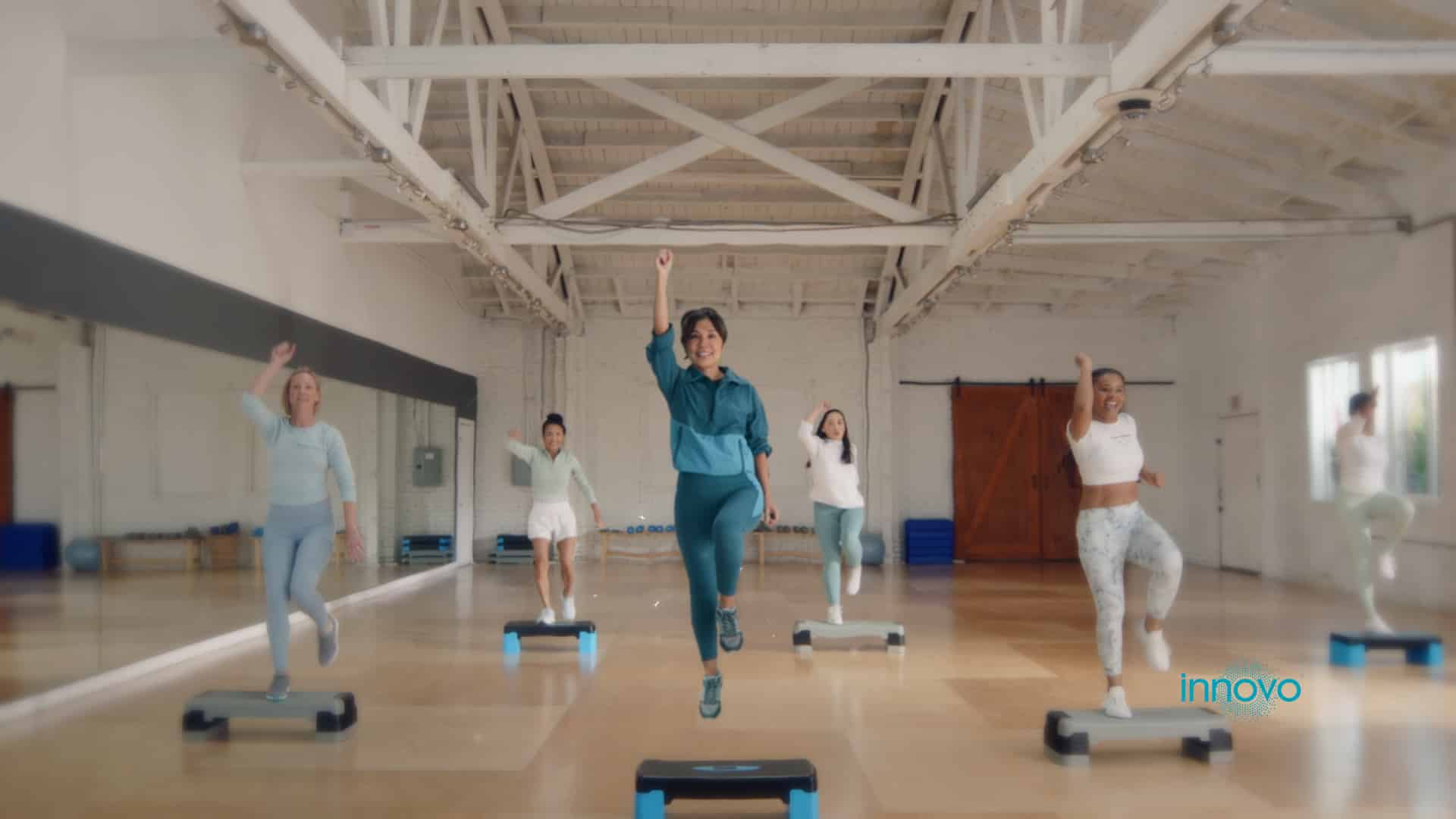November 10, 2023
Comprehensive Direct Response Guide With Real-World Examples

Direct response advertising is a specialized form of marketing that aims to elicit immediate action from your audience.
It’s an integral part of any comprehensive marketing strategy. According to industry insights, direct response campaigns have seen a surge in effectiveness, especially in the digital age where real-time metrics can be tracked and analyzed.
But why has direct response advertising gained such prominence in marketing strategies?
Is it the urgency it creates, the personalized touch, or its adaptability over time?
In this blog, we’ll dig deep into these facets and more. We will cover:
- The definition and mechanics of direct response advertising
- Its pivotal role in modern marketing strategies
- Real-life successful direct response marketing campaigns
- The evolution of direct response advertising in the digital era
Key Elements of Direct Response Advertising
The difference between a compelling ad that grabs attention and one that is overlooked often lies in the key components of direct response advertising. Let’s break down these elements to understand how they work together to grab attention and drive action.
Call-to-Action (CTA) Strategies
The heart of any direct response campaign is its call to action. Here’s how to make your CTAs irresistible:
- Craft Compelling CTAs: Creating an effective CTA is akin to solving a puzzle; each piece must fit perfectly to form a complete picture that compels the user to act. Ensure to design a CTA that grabs attention and guides the user toward a specific, desired outcome.
- Place CTAs Strategically: The placement of your CTA can make or break your campaign. In a video, having a URL (or at minimum – a brand logo) prominent in a lower third throughout the spot is critical, as is dedicating at least 5 seconds to a CTA in end card form.
Personalization Techniques
Personalization has gone beyond a trendy term to become an essential aspect of modern advertising.
In fact, a 2022 Statista survey revealed that 81% of Gen Z respondents and 57% of millennials in the United States prefer personalized ads.
How do you make your campaigns feel like a one-on-one conversation?
- Customize Messages to Target Audience: Knowing your audience is half the battle. Tailoring your message to resonate with them can significantly increase engagement and conversion rates.
- Utilize Customer Data: Data is your best friend when it comes to personalization. Use customer behavior data, preferences, and past interactions to make your campaigns more relevant.
Urgency and Scarcity Tactics
Creating a sense of urgency and scarcity can be the tipping point for conversion, as it compels the audience to act swiftly to avoid missing out. Let’s look at how to effectively implement these tactics.
- Create a Sense of Urgency: Phrases like “Limited Time Offer” or “Last Chance” can create a sense of urgency that encourages immediate action.
- Highlight Limited Availability: Showing low stock levels or limited seats can make the offer more exclusive and push the user to act quickly.
Measuring the Success of Direct Response Advertising
After hitting the launch button on your direct response campaign, the journey has only just begun. The real magic lies in evaluating its effectiveness.
But don’t worry, you don’t need to be a data wizard to get this right. Here’s a quick guide to help you navigate the metrics maze:
- Conversion Rate: This is the big one. How many clicks actually turned into desired actions like sales, sign-ups, or downloads? A higher conversion rate usually means your campaign is doing well.
- Click-Through Rate (CTR): This metric tells you how many people clicked on your ad compared to how many saw it. A high CTR is a good indicator that your ad is grabbing attention.
- Cost Per Acquisition (CPA): How much did it cost to acquire each customer? Lower CPA means you’re getting more bang for your buck.
- Return on Ad Spend (ROAS): This calculates the revenue generated for every dollar spent on advertising. A ROAS of 4:1 means you’re earning $4 for every $1 spent.
However, these metrics can mean different things to different industries. Retailers might celebrate a 10% conversion rate during a holiday sale, while a SaaS company could see a CPA reduction of 20% as a win when promoting a new software update. Understanding these nuances allows brands to set realistic goals and benchmarks for success.
Case Study of Effective Direct Response Campaigns
Quirk’s Work With Innovo
When Innovo approached Quirk Creative, they were grappling with a sensitive issue: how to authentically market their bladder leak solution without invoking feelings of shame or embarrassment. The challenge was to both reach the target audience and forge an emotional connection with them that would drive them to purchase
Quirk rose to the occasion by developing a strategy that was rooted in hope and tangible results. We kicked off the campaign by asking a fundamental question: How can we talk about bladder leaks in a way that empowers rather than stigmatizes?
The answer lies in authentic storytelling. By sharing real-life experiences and focusing on the life-changing results that Innovo’s patented product could offer, the Linear TV campaign struck a chord with the audience.
The result? The campaign created buzz and drove tangible results, attracting more than 271,000 site visitors and marking Innovo’s highest sales month to date.
Babbel’s Campaign
Babbel had a unique vision for their new “Surprise Yourself” brand platform: they wanted a Linear TV campaign that would be memorable, funny, and deeply rooted in real consumer experiences.
Quirk was tapped to bring Babbel’s vision to life, thanks in part to our yearslong success driving performance for Babbel on TV – proving our ability to make ads the Babbel audience connects with.
We took a novel approach to the creative by drawing inspiration from actual customer reviews. This allowed us to create comedy-driven spots that were entertaining and authentic.
The message was clear: learning a language with Babbel is
- Educational
- The first step toward discovering new passions, whether that’s German death metal or salsa dancing (real use cases!)
By aligning the campaign so closely with real user experiences, we were able to emphasize the transformative power of language learning. As a result, the Babbel campaign was both memorable and successful.
The Future of Direct Response Advertising
As we navigate the ever-changing landscape of advertising, one thing is clear: direct response is not standing still. It’s evolving to keep pace with new technologies and shifts in consumer behavior.
Here’s a glimpse into what the future holds for this dynamic field:
Predictions and Industry Insights
The landscape of direct response advertising is evolving, with a noticeable shift toward brand response, i.e., a direct response ad that also drives brand recognition. This creative evolution encourages users to engage with a brand, thereby improving brand perception even before a purchase is made.
Evolving Consumer Expectations
Consumer expectations have undergone a significant transformation in recent years. According to a Statista report, around three-quarters of global customers expect improved personalization when sharing more personal data with businesses. Furthermore, 73% anticipate a more personalized experience as technology advances. This shift denotes a fundamental change that demands a more personalized approach to direct response advertising.
Companies are now compelled to invest in advanced data analytics and customer relationship management tools to meet these evolving expectations. Investing in these tools for personalized marketing is beneficial for businesses as reported by McKinsey, it can reduce customer acquisition costs by as much as 50%, increase revenues by 5 to 15%, and boost marketing ROI by 10 to 30%.
This trend indicates that the era of one-size-fits-all advertising is coming to an end, making way for more targeted and personalized campaigns that address individual consumer needs.
Unlocking Direct Response: Final Take
In the fast-paced digital world, the power of direct response advertising cannot be overstated.
As we’ve explored, from compelling CTAs to personalized experiences and strategic urgency tactics, mastering the art of direct response is crucial for any brand aiming for immediate impact and long-term customer relationships.
The landscape is evolving, but the core principles remain the same: engage, compel, and convert.
So, whether you’re a growing startup or a well-established brand, remember that direct response advertising can bring immediate results while laying the foundation for lasting customer relationships.
Let’s chat on all things direct response advertising.
.
